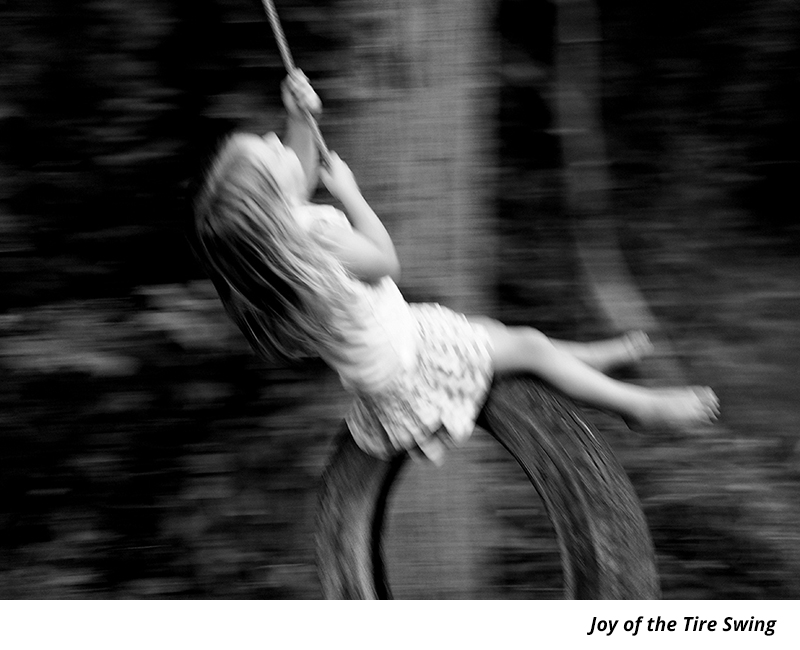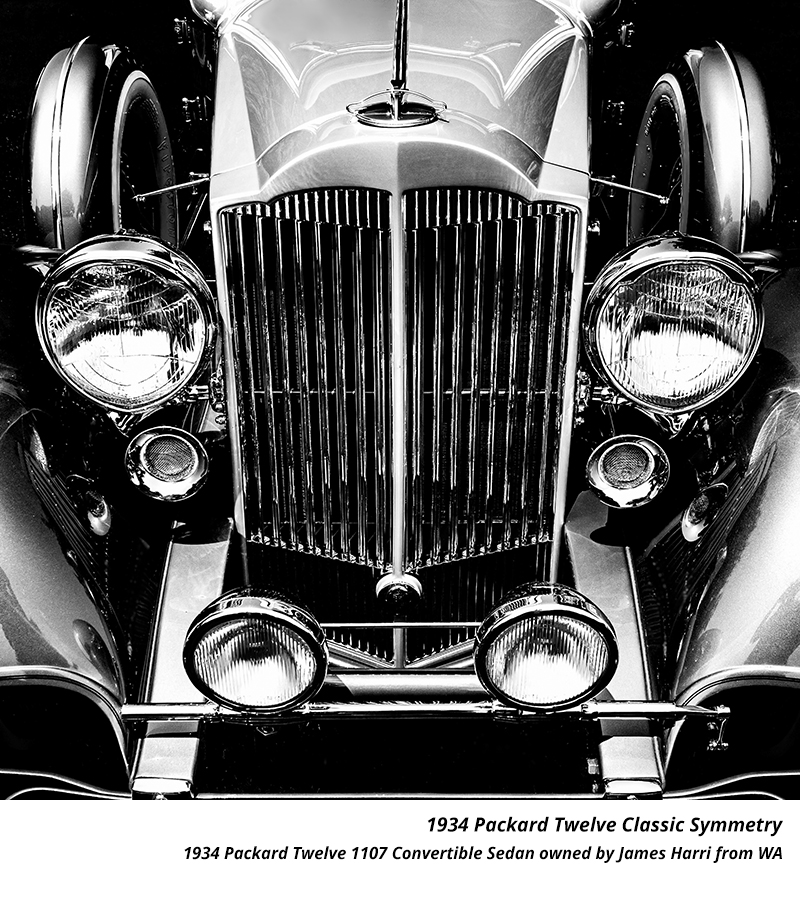
Tell a little bit about how you first got into creating art.
A retired chemical engineer, drive a 1934 Packard, a high performance driving instructor, a grandpa, a best friend to a golden retriever, and recently diagnosed with Parkinson’s Disease. And, I have no formal training in the Arts. Creativity and curiosity are essential attributes of success in all of those roles. It is all about problem solving. Sometimes I was famous for “providing solutions to problems you didn’t know you had”.
In my photography, I have moved from the technical use of photography to document vacations, family, automobiles, etc. to a means to see the world that most people simply look at. Henry David Thoreau’s quote defined this for me: “It’s not what you look at that matters, it’s what you see.”
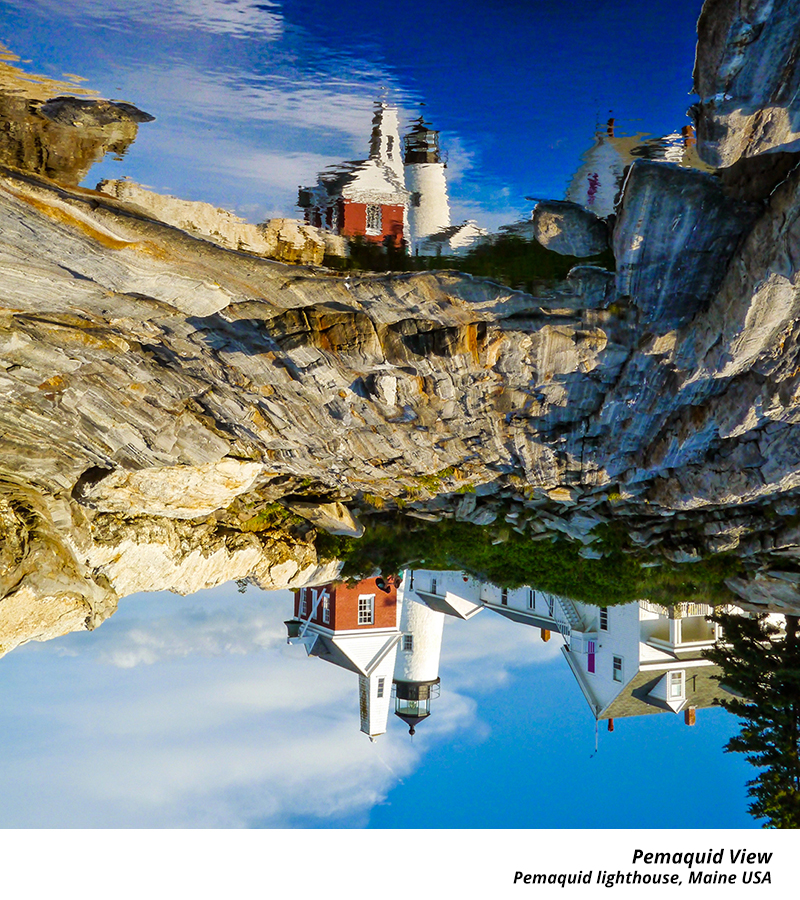
I have discovered that photography allows the dimension of Time to be added to art
What artists or movements have had an impact on you?
It is hard for me to identify any particular artists or movements influencing my work as an artist. Perhaps this is what formal training in the Arts provides us. This is the part that intrigues me – to learn what Art is and how to invoke emotion.
What is your source of inspiration?
“Could a greater miracle take place than for us to look through each other's eyes for an instant?” — H. D. Thoreau
I have learned the thrill of art includes the quest, the journey, to seek that personal, not predictable, view of the world. To that end, I have adopted a quote normally attributed to Carl Sagan, but with my own variation to guide me: “Somewhere, something incredible is waiting to be seen.” (Carl’s version is “…waiting to be known”).
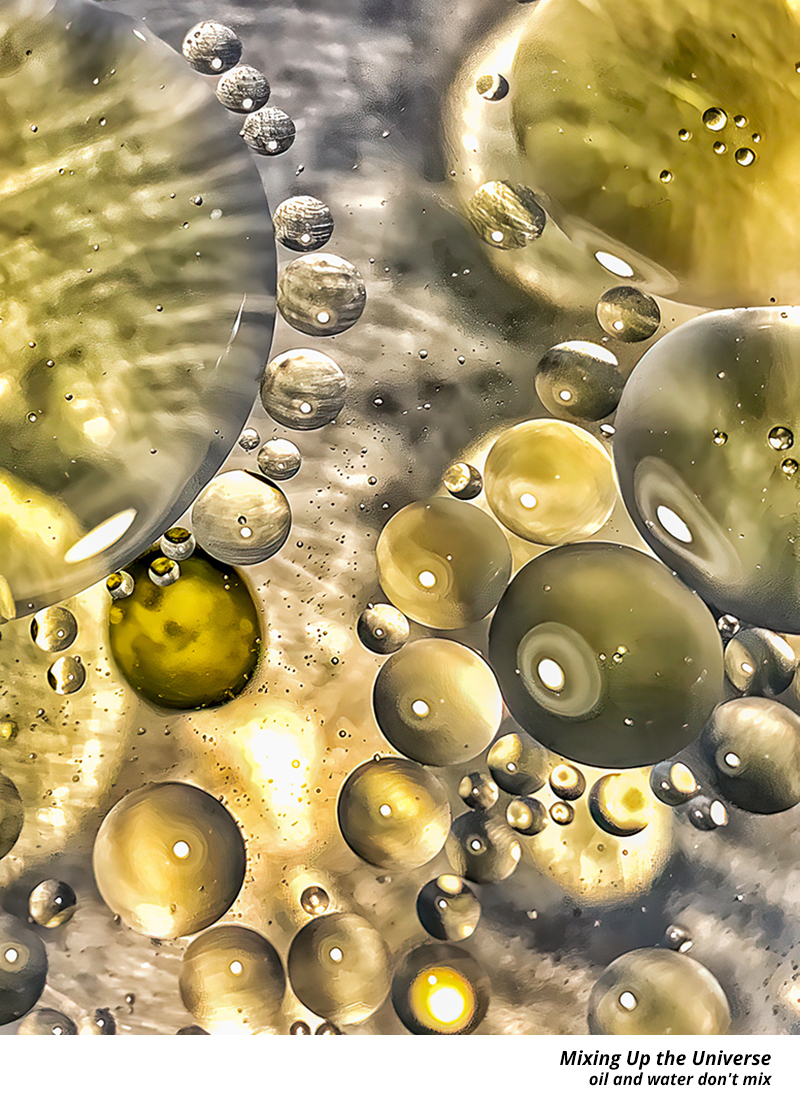
The vision in my art is to seek and See incredible images that many others may never see, and share them with the world
What themes does your work involve?
My art seeks color, shape, flow, motion, emotion. I have discovered that photography allows the dimension of Time to be added to art. By utilizing the variable of Time, the camera can capture something that the human eye+brain is incapable of capturing and visualizing – perhaps in mere fractions of a second, or accumulated in a trend over many seconds, minutes, hours. The image “The Line Through The Esses” utilized time to capture the path, flow, physics of skilled race car drivers – lines that the human eye alone could not see.
I often do not pursue “technical perfection” in my photographic captures – there are many outstanding, talented photographers who can capture the perfect image in the technical facets of focus, exposure, sharpness, color. Instead, I work to capture an emotion or view or perspective that exists in the real world, but has never been Seen.
"Your photographs show that you are interested in pulling out the details of the world we live in, then abstracting them so that they become surprising to the human eye." - LensCulture juror to the 2017 Emerging Talent Awards
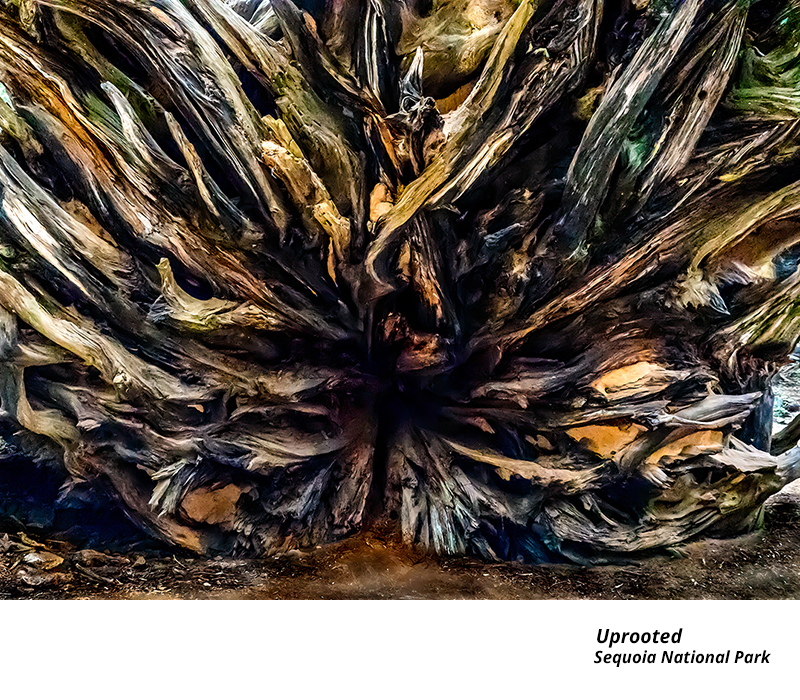
What is important to you about the visual experiences you create?
The vision in my art is to seek and See incredible images that many others may never see, and share them with the world.
Do you work from memory, life, photographs, or from other resources? Describe your creative process.
My creative process is “simply” to see what others only look at. The excitement comes when I find something that has just been waiting to be seen.
The creative process might include exploring variables of time, orientation (which way is Up?), reflection (often the reflection is much more interesting and appealing as Art than the direct image), removing color, pushing color, intentionally adding motion, removing motion, dialing up the contrast so that only a few variables to the senses remains, selecting only fragments, seeking patterns, … Looking, Looking, until I See.
What is your favorite art accident? Did it change your perspective?
Many of my images are accidents, and I often then See something that I would not otherwise had seen in a normal shot. Then, the biggest challenge becomes… trying to replicate the “accident” as intentional art. One series of images really struck me – I was trying to take photos of my granddaughter swinging on an old tire swing late in the day. The images came out very unclear and blurry and low contrast, so I tagged them for deletion. The next time I looked at the images, I saw nothing but the joy in motion of a child on a swing. The accident captured all the emotion that a “nice” perfect photo would have hidden. So, always look deeply into your mistakes. You may see things that no one else has seen.
Do you have any artistic goals for the future that you would like to share?
So my goal is to learn something about Art, and how Art works. How do artists “See”? How do they create what they See? I hope that this learning will help me better articulate about what and why I create, and cultivate growth in my art. The older I get, the more I realize how little I know.
One of my future goals is to continue to pursue and expand on a project that I produced in 2020 and 2022, called “Waiting To Be Seen”. The exhibitions began with a selection of 20 of my photographic images, and presented to a group of local artists. Their challenge was to select a photo and generate a piece of art in their own style and medium, based upon what they would See in the image. I also engaged a group of poets, providing them with the same selection of images, and asking them to create a work of literary art based upon what they would See in the photo capture. These were tremendous learning opportunities into how Art works.
